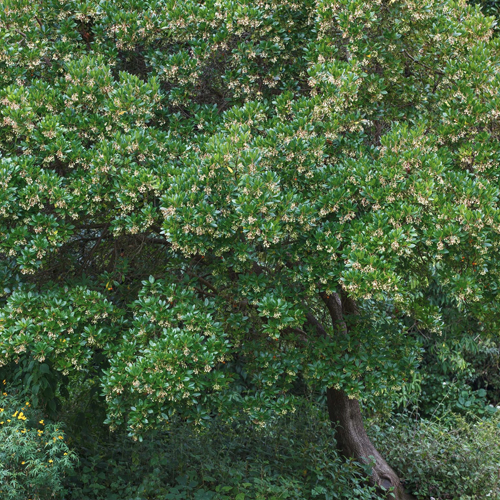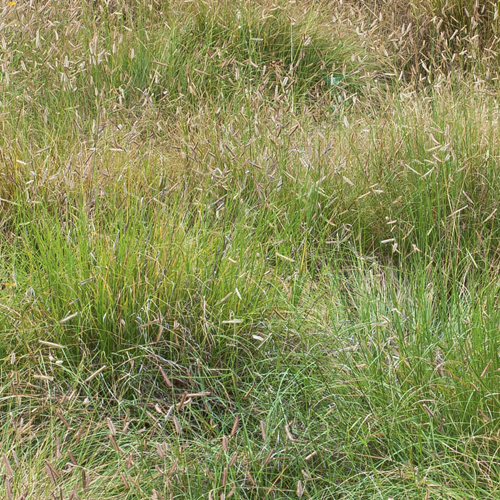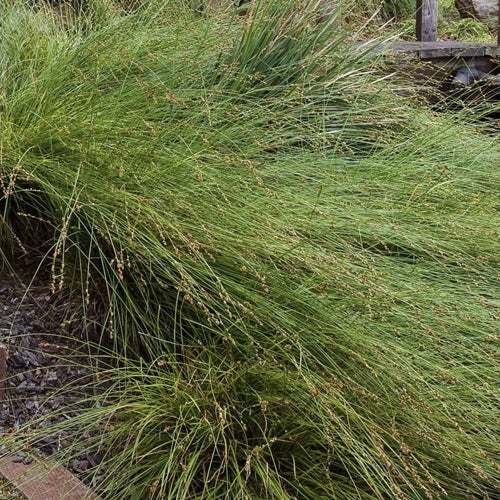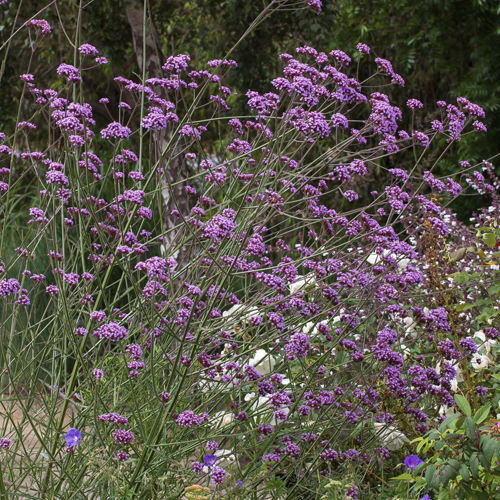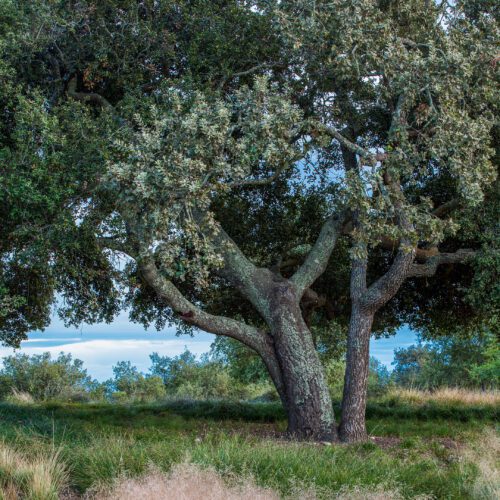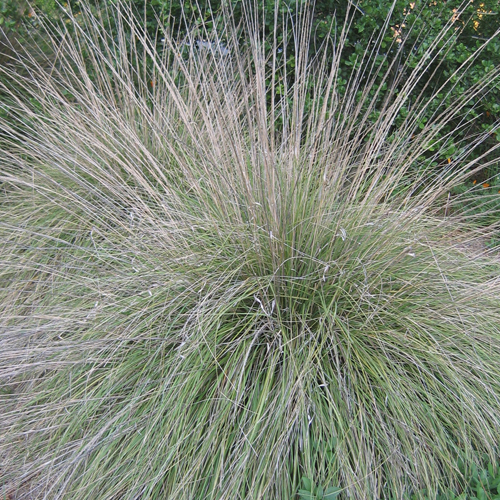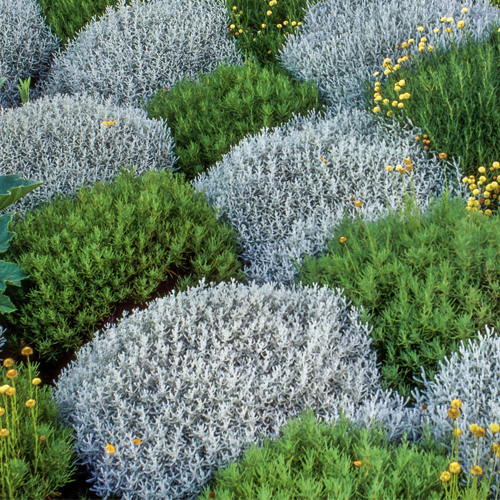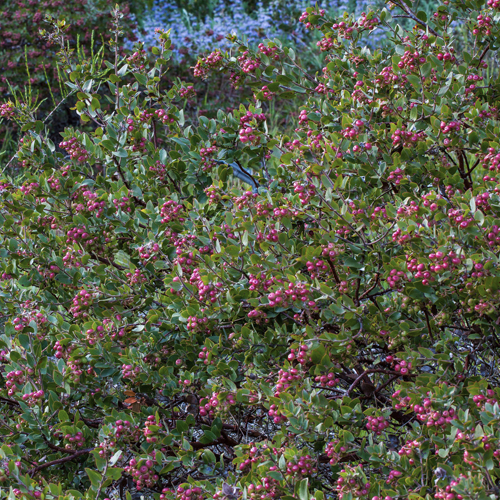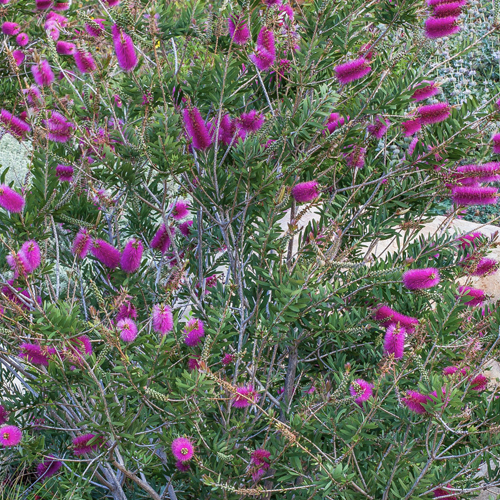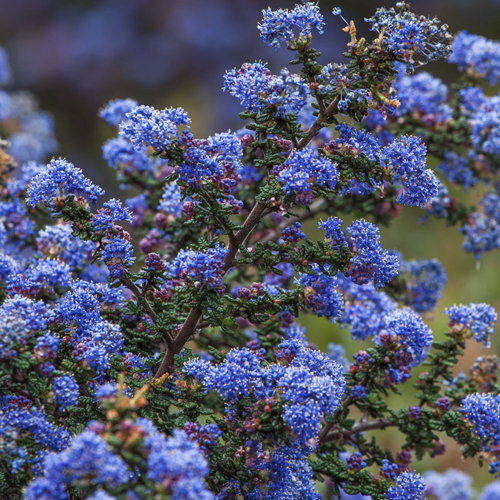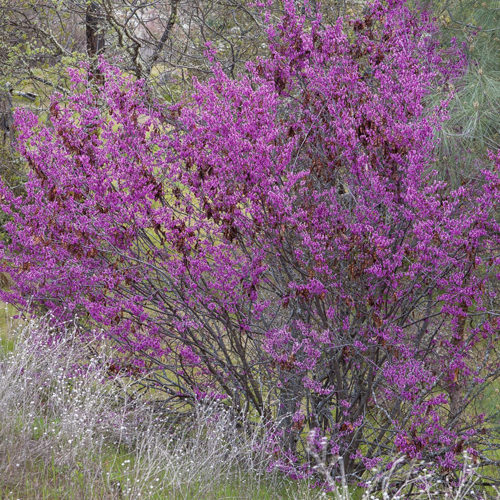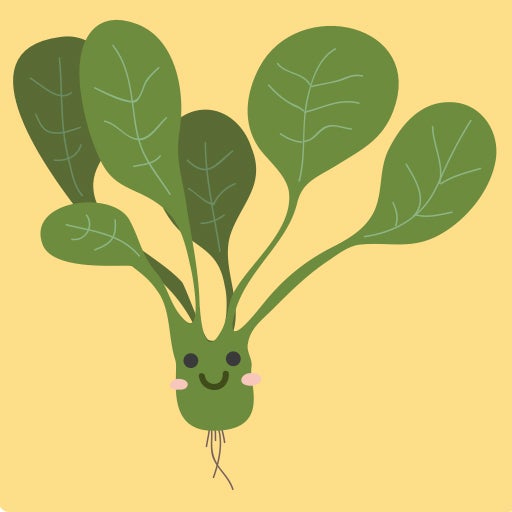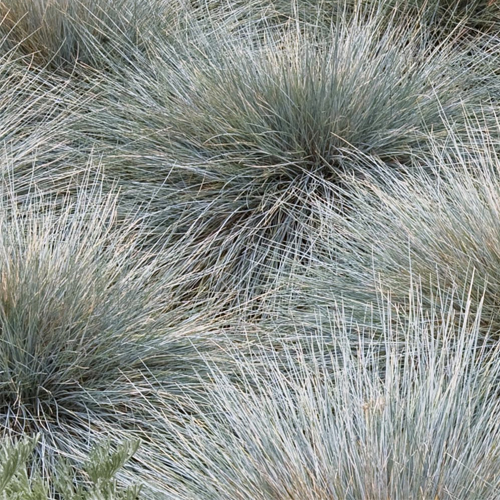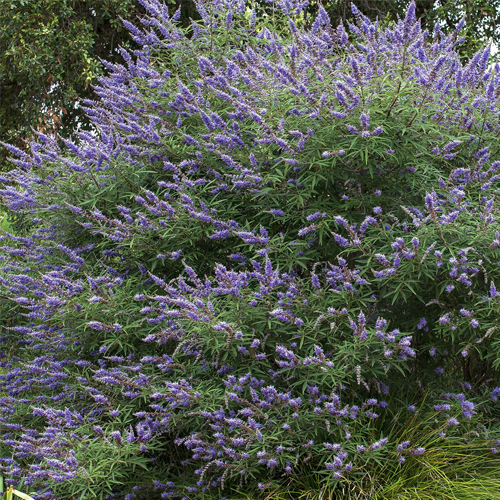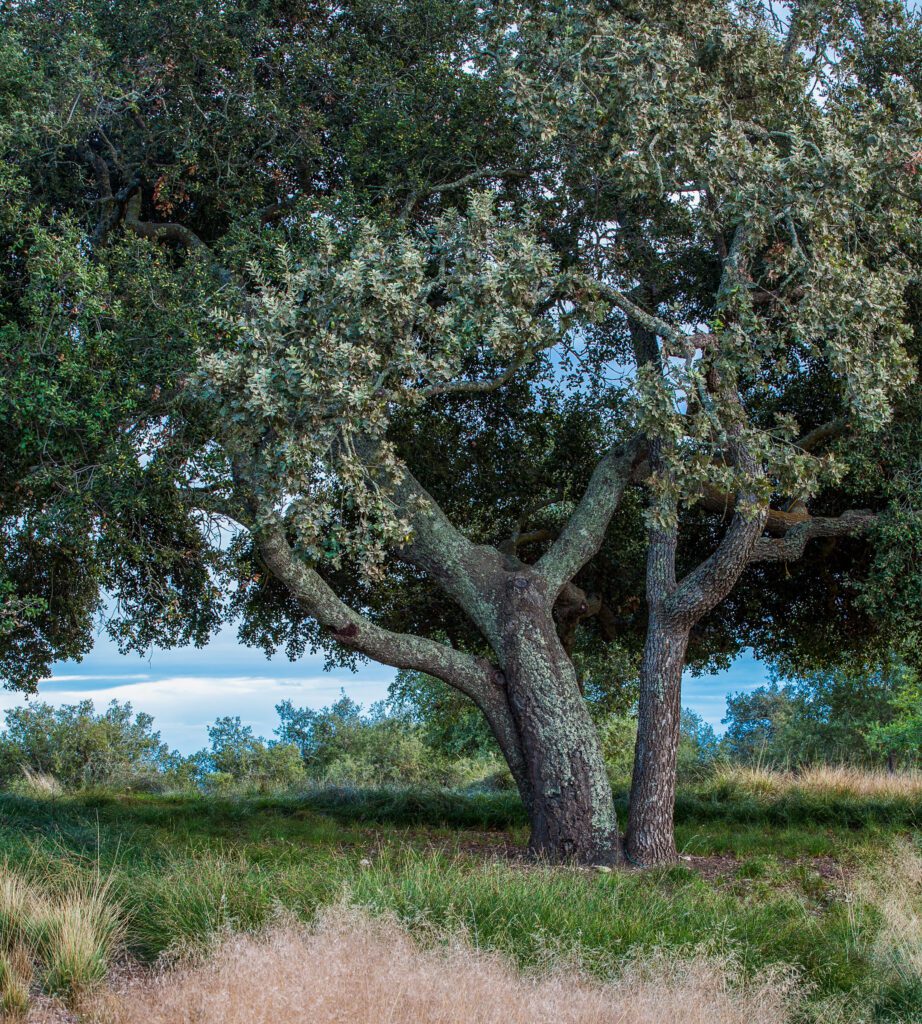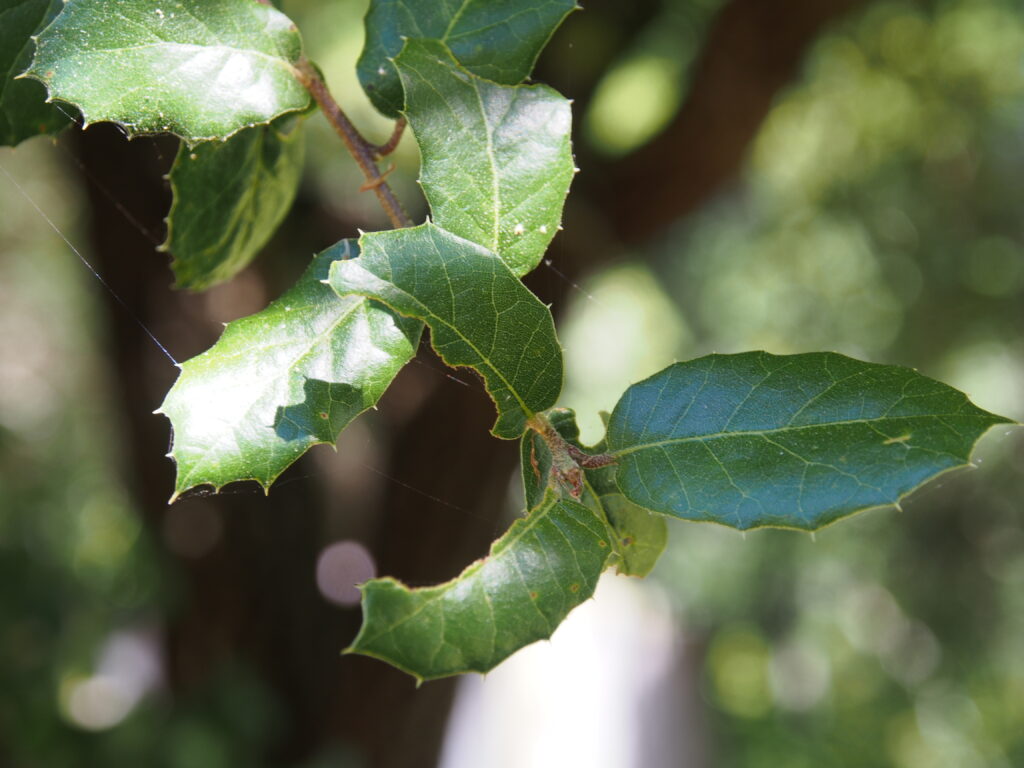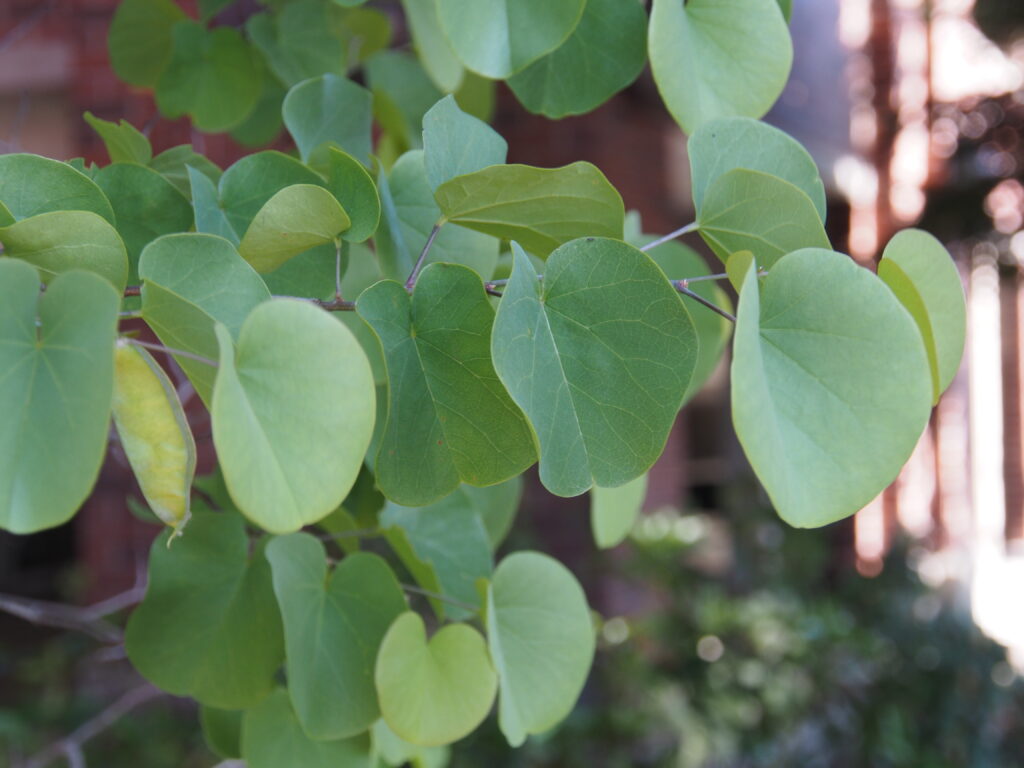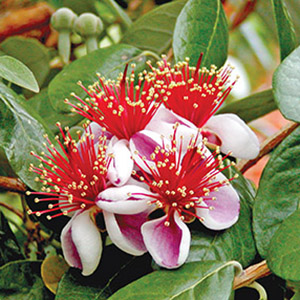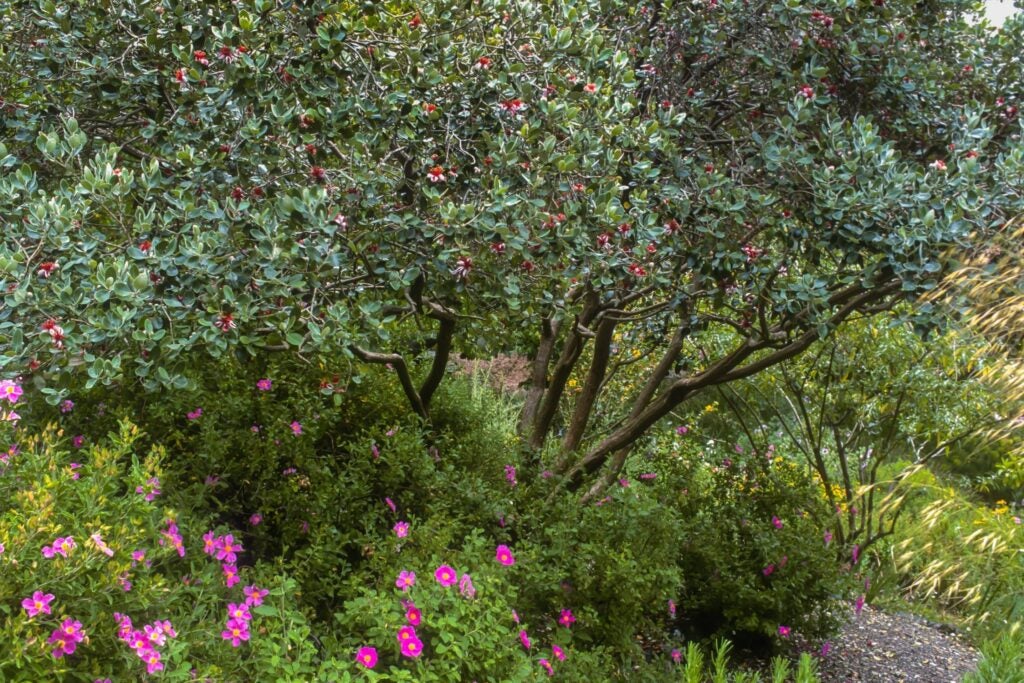Garden Sense Waterwise Garden
BACK TO FULL TOUR
Garden Features
Drought Tolerant
Edible Garden
California Natives
Deer Resistant
Drip Irrigation
Pesticide Free
Rainwater Harvesting System
Rain Garden
Reclaimed/Recycled Materials
Sheet Mulching
Lawn Conversion
Lawn-Free Landscaping
Permeable Surfaces
Wildlife Habitat
Partner: 
Lawn conversion on a major scale! From wasteful lawn to a model ecological efficiency.
For 20 years our property had a 1/4 acre of irrigated lawn that extended around the entire outside of our home. When I became a Sonoma County Master Gardener in 2018, I decided to take a much closer look at sustainability practices on our property. Was I doing my part to create a sustainable landscape? Our lawn would surely need to go. I also wanted to welcome insects and wildlife back onto our land. Armed with my newfound knowledge from my trainings as a Master Gardener and inspiration from the book Bringing Nature Home, by Douglas Tallamy. In Tallamy’s book, he writes about restoring habitats in our own backyards by using plantings native to your area.
I sought to replace many plants in my lush garden with drought tolerant natives. Not knowing quite where to begin, I soon enrolled in further Master Gardener trainings to become a Garden Sense consultant. The Garden Sense program was created to help homeowners evaluate their water needs and practices, provide useful information about lawn removal and water-wise plants. They are sponsored by University of California and the Sonoma County Water Agency. The phrase “Slow it, Spread it, Sink it” became my goal. The idea being to catch the water, hold it on site and get the water back into the ground.
We live on a hill so water would cascade down the hillside during the rainy season, causing ruts and bogs as it passed through our property and into pastures. To address our challenges with excess water coming through our property we dug a “dry creek bed” into the wettest area near the top of our property. Digging down three feet deep and four to five feet wide in places. We back filled the entire 30′ length with gravel then river rocks. All of our materials and rocks were salvaged over the course of three years. The basin that was formed at the end of the creek bed is a rain garden. There are layers of compost, rock and loamy garden soil in the basin held in place by a berm of rock and clay built up at the end. The plants in the rain garden can withstand extended periods of soggy conditions in the winter. An “overflow” drain was built into the berm. If needed, the water will pass into another bed connected by an underground drainage pipe that will allow the water to slowly dispense onto the surface of the adjacent bed. We then decided to tackle the removal of the entire lawn. Using sheet mulching methods and a small tractor we first removed or suffocated all of the lawn with large sheets of cardboard. Then, using irrigation conversion kits, we transformed our seven-station system into a drip system to water our new plantings.
Flanking the dry creek beds are our pollinator gardens. Salvias, Lavender, Ceanothus and Mallows are abuzz from sun up to sundown with bees, hummingbirds and other insects. For our walkways we wanted a permeable surface to connect the planting areas that would be easy to maintain and still be able to push a garden cart on. We chose compacted decomposed granite bordered by Sonoma field stone. Other areas of the garden include raised vegetable beds, a small fruit orchard of apples, pear and plums. A native wildflower meadow which includes native grasses and wildflowers grown from seed collected by the Theodore Payne Native Plant society graces the slope that leads to the compost heaps. All plant matter, kitchen scraps, chicken and horse manures are added to our compost heaps and turned with the tractor regularly to create compost for feeding the gardens several times a year.
For our walkways we wanted a permeable surface to connect the planting areas that would be easy to maintain and still be able to push a garden cart on. We settled on compacted decomposed granite bordered by Sonoma field stone.
To address our challenges with excess water coming through our property we dug a “dry creek bed” into the wettest area near the top of our yard. Digging down three feet deep and four to five feet wide in places. We back filled the entire 30′ length with gravel then river rocks. All of our materials and rocks were salvaged over the course of three years.
There is an “overflow” drain built into the berm. If needed, the water will pass into another bed connected by an underground drainage pipe that will allow the water to slowly dispense onto the surface of the next bed.
Day of the Tour:
Garden Sense will be hosting a table at this garden. The friendly Garden Sense consultants have advanced training in water management, irrigation systems, site assessment, low-water use plants, and sustainable garden practices. They can show you how to easily conserve water (and save money) by creating a climate-appropriate garden that is healthy, environmentally sound, and most of all – beautiful! Stop by their table to get more information! And did we mention the program is free for Sonoma County residents?
Also, there will be a Garden Scavenger Hunt on the day of the tour, where visitors can search for specific native plants throughout the garden to win special prizes!
Choosing Plants
Using Reference Lists
We chose plants from those recommended by the Sonoma County Master Gardeners Water Wise Plant guide and those recommended by the WUCOLS plant list. Many are California Natives or suited to our Mediterranean climate, characterized by wet winters and long, dry summers with little rainfall.
Pollinators
Flanking the dry creek beds are our pollinator gardens. Buddlea, Gaura, Salvia, Cuphea, Abelia, Abutilon, Lavender, Ceanothus and Digitalis are abuzz from sun up to sundown with bees, hummingbirds and other insects.
Edibles
Other areas of the garden include raised vegetable beds, a small fruit orchard of apples, pear and plums.
Native Wildflowers
A native wildflower meadow which includes native grasses and wildflowers grown from seed collected by the Theodore Payne Native Plant society graces the slope that leads to the compost heaps.
Special Events
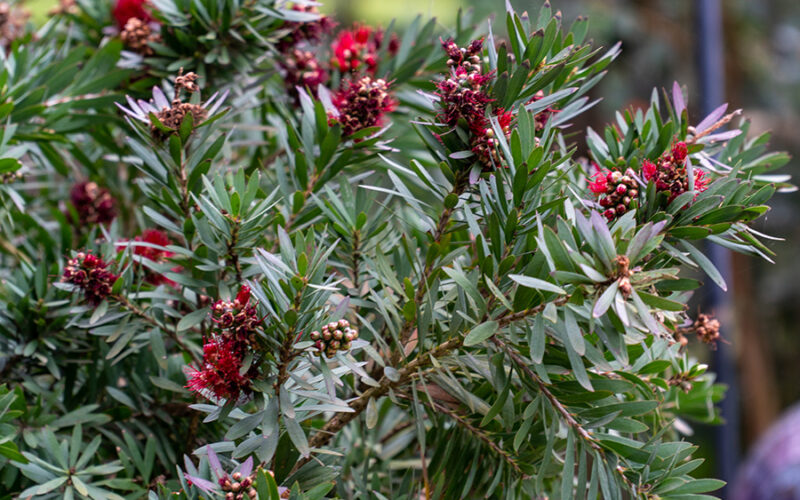
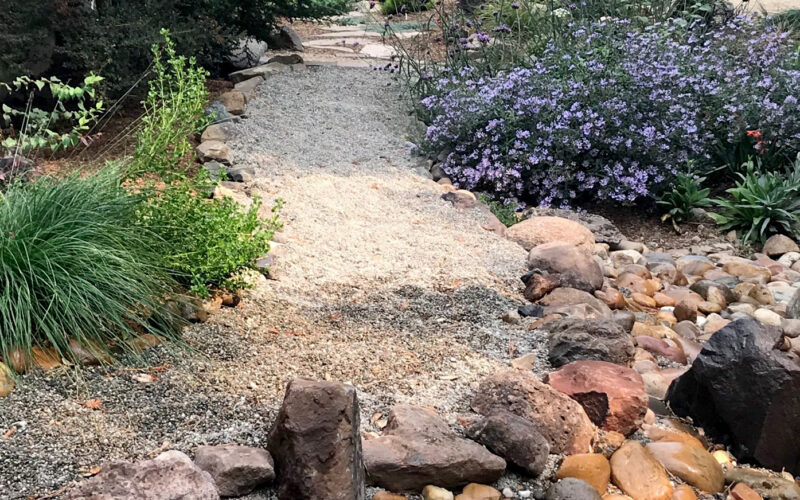
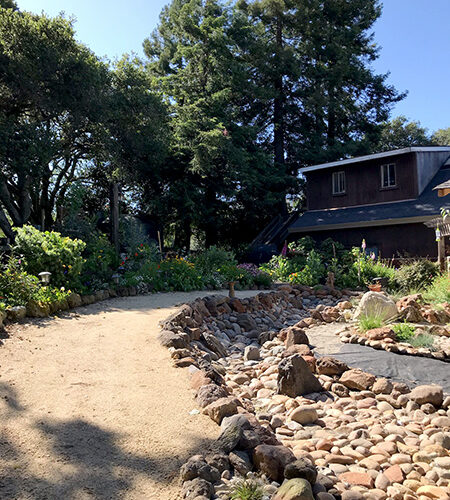
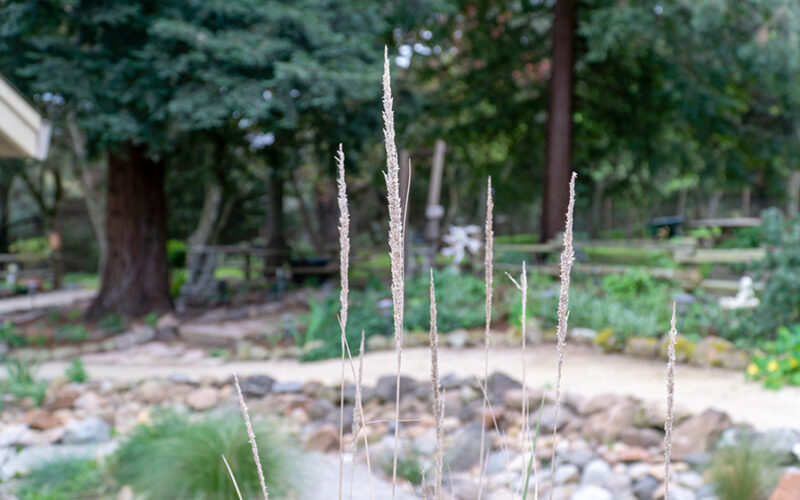
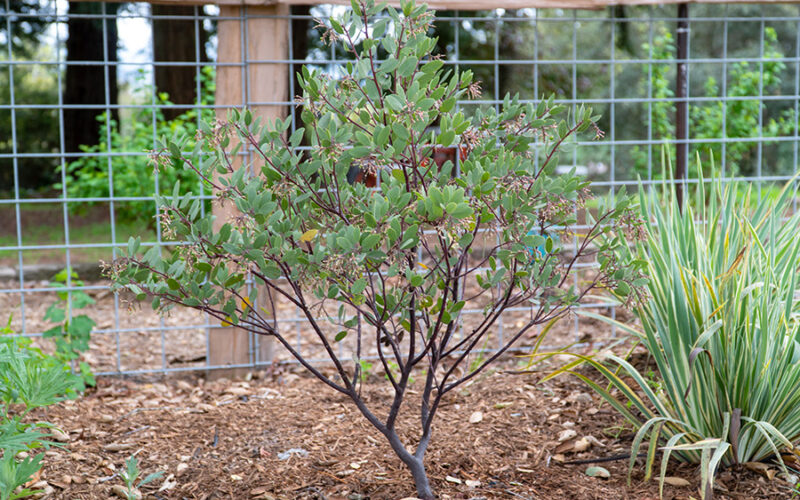
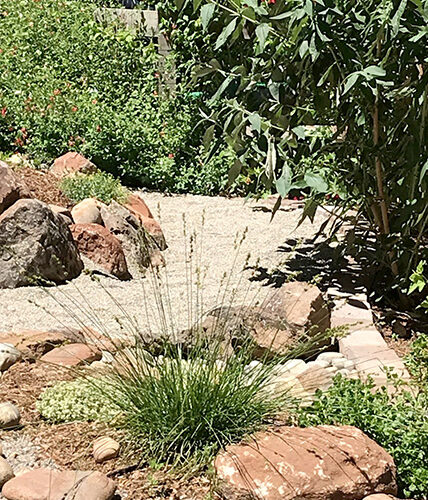
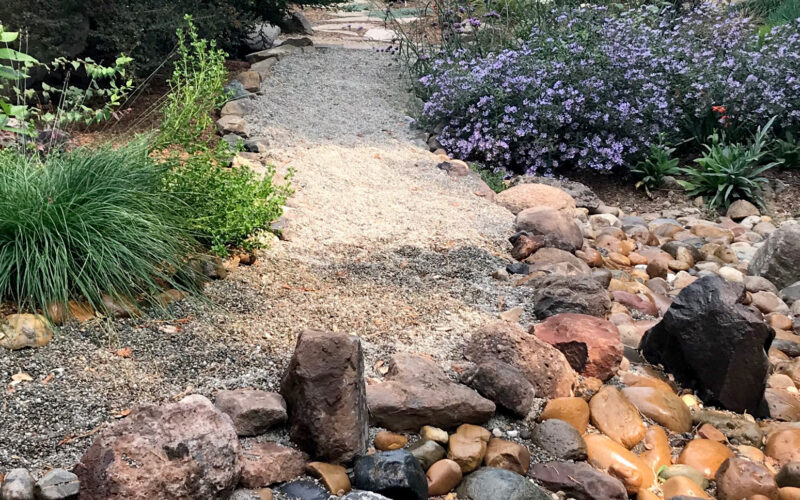
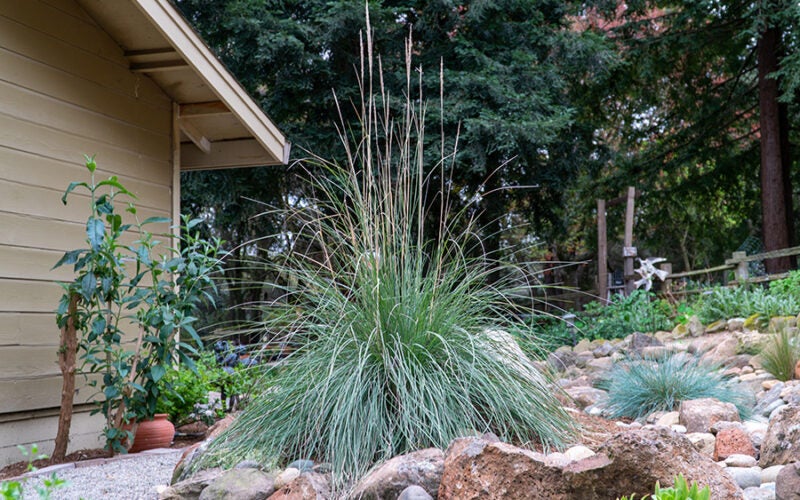
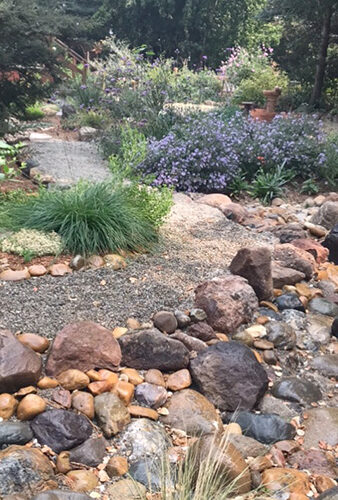
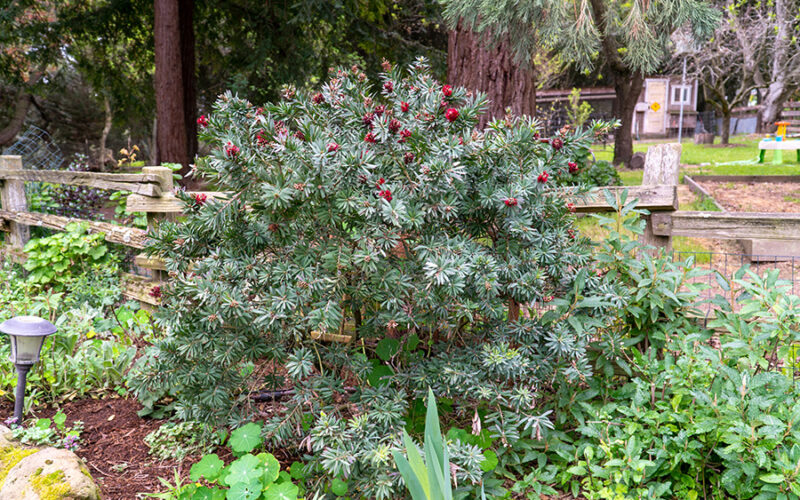
Plants in this Garden
Favorite Plants
Arctostaphylos spp & cvs
‘Pajaroensis’, ‘Sentinel’, A. uva-ursi ‘Radiant’
Ceanothus cvs
‘Skylark’, ‘Julia Phelps’, ‘Dark Star’, ‘Diamond Heights’
Calycanthus occidentalis
Western Spice Bush
Quercus agrifolia
Coast Live Oak
Rhamnus [Frangula] californica
‘Mound San Bruno’, ‘Eve Case’
